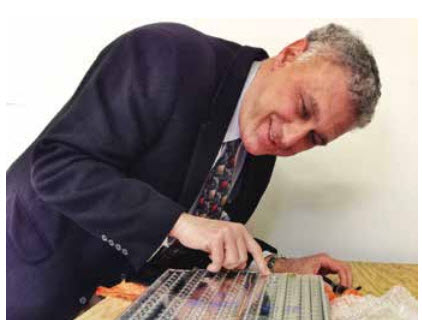This article was originally published in the October 2018 issue of SIMULIA Community News magazine.
Lithium (Li) ion batteries have been the chemistry of choice for over 20 years, with an increasing number of applications. The chemistry provides the possibility for a large variety of formulations where lithium ions migrate between a solid positive electrode and a solid negative electrode through an organic liquid electrolyte and a macro-porous polyolefin separator. State-of-the-art small cylindrical ‘18650’ cells, which were introduced in 1991 with an energy density below 250 Wh/liter today deliver 750Wh/liter. Cell prices have also dropped dramatically from over $1000/kWh in 2006 to $120-140/kWh in 2018.
Lithium-ion batteries are the technology of choice for Battery Electric Vehicles (BEVs). Their combination of high energy density, long cycle life, excellent power density and acceptable operating temperature range is compelling, and today’s technology can support vehicles with a 300-mile range. BEV technologists are focused on enhancing battery value propositions by addressing three variables: (1) Reduced cost, (2) increased volumetric energy-density, and (3) improved charge acceptance rate. All three must be achieved without sacrificing life, manufacturability and, above all, safety.
One way to improve energy density and potentially safety is to replace the organic liquid electrolyte and the polymeric separator with a solid, non-combustible electrolyte. If this is done inside the lithium ion umbrella energy density will suffer and cost will rise. Some longer term attempts are to combine solid electrolytes with a cell based on a metallic lithium anode. Compared to Lithium ion batteries, such cells could theoretically offer a 40-70 percent improvement in energy density.
Rechargeable batteries based on metallic lithium have been under development for about 40 years—prior to the lithiumion period. All commercial attempts to date have failed, due to the formation of powdery dendritic lithium during plating, (charging) where life limiting shorts with safety concerns occur. The new push is to replace organic liquid electrolyte with a solid electrolyte and hopefully avoid the problem of dendrite formation. Some approaches under development include: (1) polycrystalline metal oxide, (2) polycrystalline metal sulfides, (3) glass based metal oxides or metal sulfides, (4) polymer electrolyte, (5) gel electrolyte, and (6) a combination of two or more of the above options. Discrete material modeling and simulation may be helpful in uncovering new material options and reducing the time and cost of physical prototyping.
In addition to blocking dendrites on charge, the electrolyte must provide sufficient ionic conductivity at the required operating temperature, be chemically stable to the battery environment, and be economical to make and use in batteries.
Notwithstanding is the tremendous development of realizing sufficient room temperature ionic conductivity to several sulfide-based electrolytes. This technology is still in the research rather than development stage relative to cycle life, manufacturability, cost, and charge rate. To accelerate time-to-market, which is expected to be more than 10 years, it is necessary to evaluate all options including operating the battery above room temperature. At 60 to 90 degrees centigrade, more ionically conducting materials are available and the softness of the lithium deposition makes dendritic shorts less likely. It is prudent that cell battery system and vehicle simulation be applied to evaluate the most promising route to promote post lithium-ion battery technology and overcome its very large challenges.
For More Information: Total Battery Consulting
